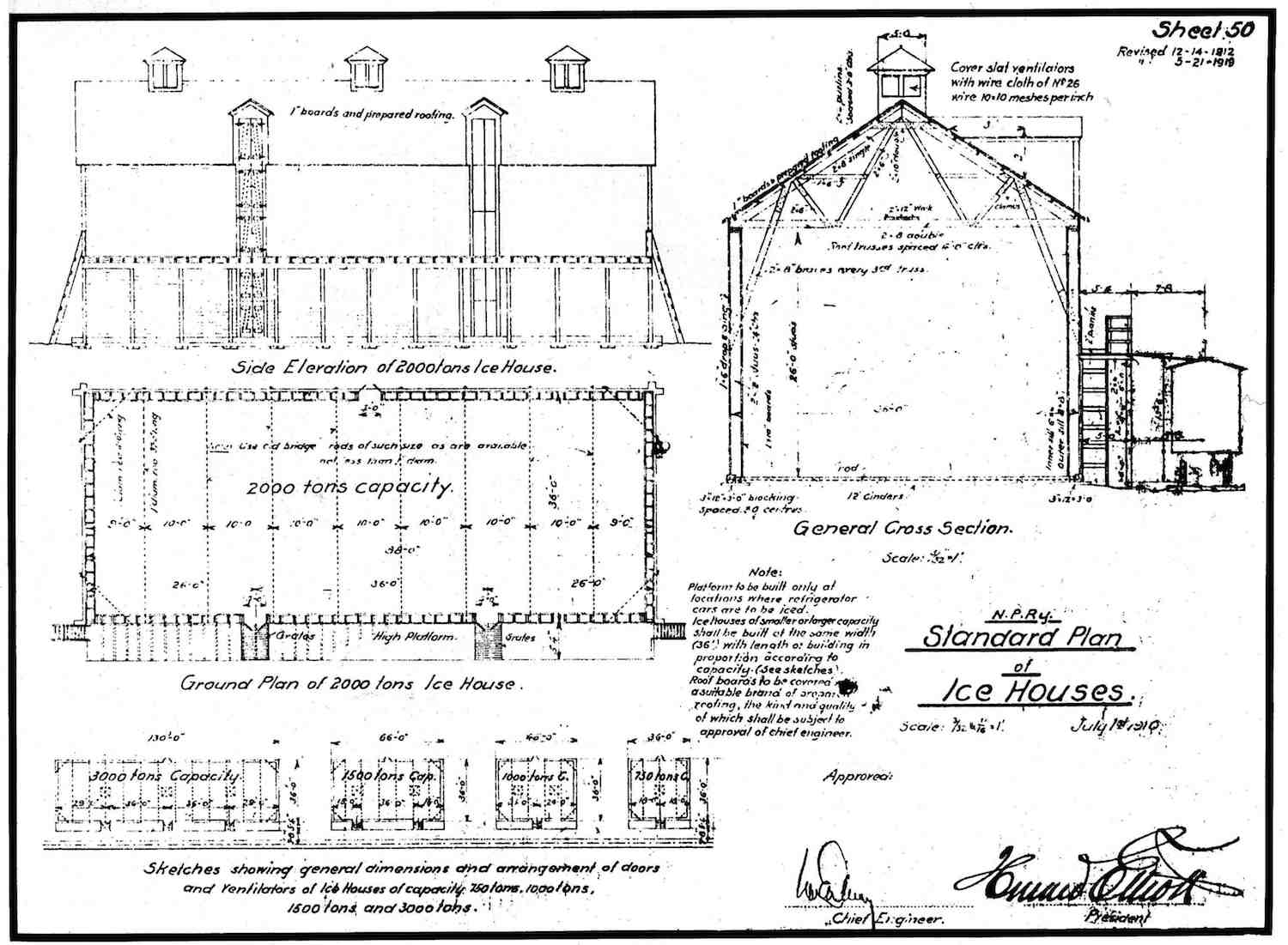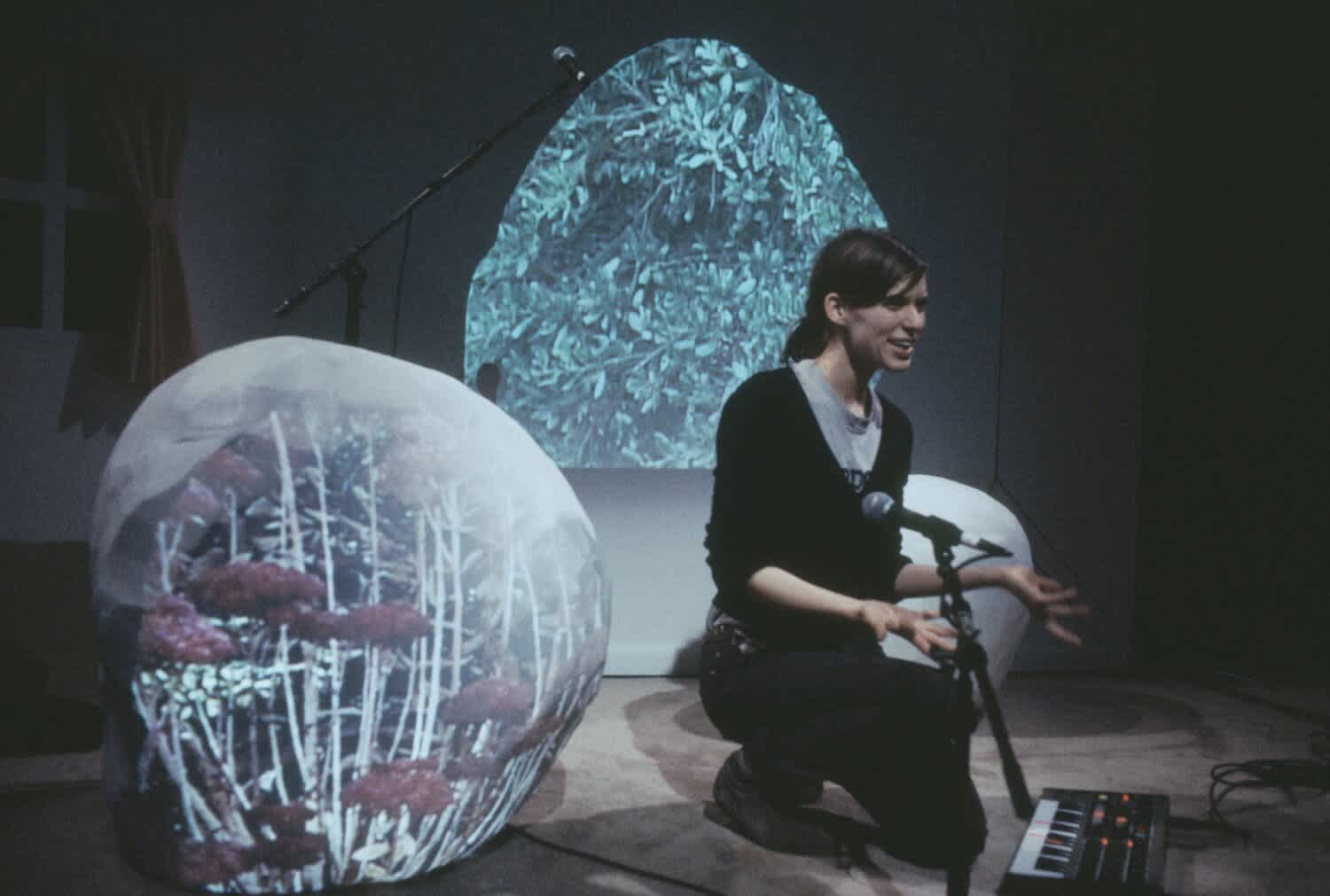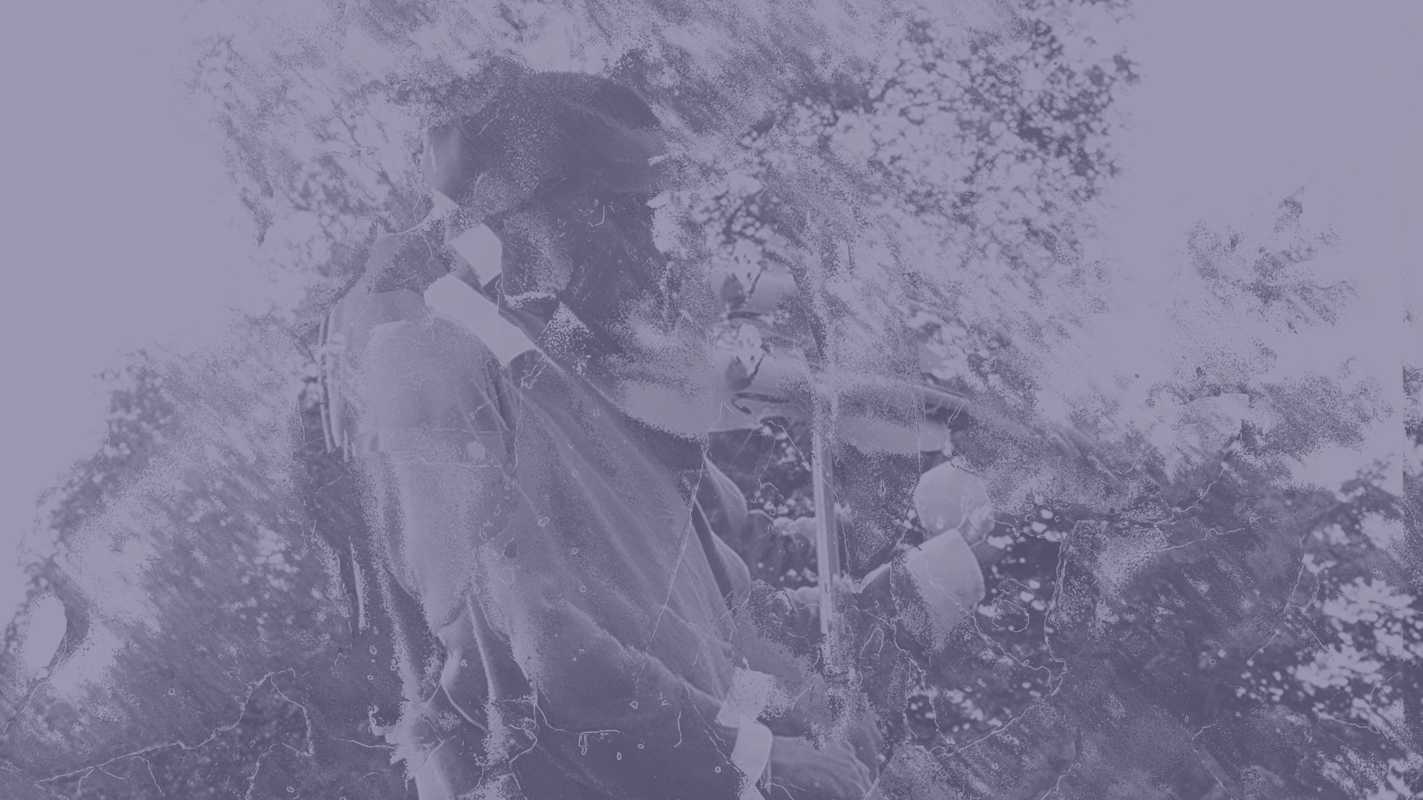
On View: February 24
This Video Viewing Room features two videos from Fawn Krieger’s mixed media work Property Acts (2012), which was commissioned for the exhibition Matter Out of Place, curated by Lumi Tan at The Kitchen in 2012. Also included are introductory texts by Tan and Krieger, an interview between the artist and Sacha Yanow, a variety of studies and reference materials related to Property Acts, and documentation of the installation at The Kitchen.
This presentation is co-organized by Alison Burstein, Curator, Media and Engagement and Lumi Tan, Curator.
Matter Out of Place was a group exhibition about the surreptitious uses within and embodied knowledge of urban environments—the private lives brought to public sites, to put it succinctly. At the time, much of my thinking around the exhibition stemmed from my experiences with Occupy Wall Street, when privately owned public spaces such as Zuccotti Park were able to be re-inscribed in their intended function because of their lack of regulation by the city. The exhibition was never meant to be specifically about New York City, but ultimately artists referenced familiar spaces such as MoMA’s lobby, Greenwood Cemetery, and the blocks surrounding Port Authority. Completing this familiar landscape within the gallery walls was Fawn Krieger’s Property Acts, in which the materials and bodies that moved throughout The Kitchen’s building over the past century were restaged as palimpsest.
Nearly ten years later, I see the research and documentation that Fawn has offered below as representing a highly specific moment in The Kitchen’s archive. Instead of needing to excavate the archive for evidence of a historical event, there is an abundance of material about this work from the recent past, but very little of it was intended for an audience on social media, or any defined public at all. There are no ideal angles of the work, and it was difficult to adequately document. Property Acts encompasses multiple temporalities and a generosity of voices, and feels more genuinely held in the collections of materials below—latent influences that continue to iterate even when the piece is no longer visible as a whole.
— Lumi Tan, Curator
In creating new work for Matter Out of Place, I did take “place” quite literally—and personally—as in what are the layers I build atop working at and with The Kitchen. But there were also all these questions that had been gnawing at me for years, around simultaneity, and how/where sculpture and performance and video can intersect without flattening any one of them (experientially and conceptually) and ideally instead, elevating an alternate, interstitial realm where the convergence of these languages establishes another perceptual reality all its own. There’s something here about working with multiple presents instead of a before and after, and that materiality both locks in time and holds the key to accessing all of it at once. I also was—and still am—really interested in the story of becoming, and seeing matter as holding onto its own becoming... believing that above all else, sculpture, and really everything that holds a physical body, is about its own record of coming into being. With this project, I began to directly confront these ideas, and to also expand this domain into realms of fiction and mythology as well as empirical truths perhaps even beyond the realities of the sculptures’ making at times. Which might be another way of saying that while/through working with the framework of The Kitchen as place, I really took the opportunity to look at how physical things BECOME, and to build an infrastructure for that as creative content.
— Fawn Krieger
Fawn Krieger In Conversation with Sacha Yanow for the publication accompanying Matter Out of Place
FK: OK, so basically I began with the conflicted space of The Kitchen’s second floor, and these various roles that the building has taken. I thought about when we saged that space together in 2005, and all those crazy things I kept on seeing in my mind, like a man… Remember? And you were like, “Yeah, you know a firefighter died here.” I asked if The Kitchen had any archives on the building and I’m going through all of the papers, and it’s all your handwriting from around that same time. That was the way all of this became woven together.
I was breaking down the timeline of the building, sort of thinking about how all these different times, kind of perform um continuously, but we don’t always see them. So I began working with this idea that I would make sculptures representing each time period of the building’s history, and experiment with the myth of making them, through video and performance.

SY: Can you tell me the chronology of the building again? I know it started as an ice house…
F: Yeah, according to varying records, it was built sometime during the first decade of the 20th century. Then it served as two different ice houses, from 1927-49—Huntoon Ice Co and Rubel Coal & Ice Corp. In the late ’60s, it came into the ownership of Edi Studios. And then um, there was a huge fire in 1970, in which a 34-year-old firefighter named Edward J. Tuite lost his life, and then after that it was used as a motion picture studio—where Jules Dassin filmed The Rehearsal—until Dia Art Foundation bought it, and then lent it to Robert Whitman in 1979 to use as an art studio. Dia sold the building to The Kitchen in 1985, and they began their programming in their new space 1986.
S: It’s interesting, when I was working at The Kitchen, we were constantly referring back to its history, meaning the history of performance and visual art at The Kitchen, not necessarily the history of its physical site. But the physical site was always a huge presence. Now the building is surrounded by all this new development. Going into The Kitchen, you feel like you’re walking into some prehistoric building, you know?
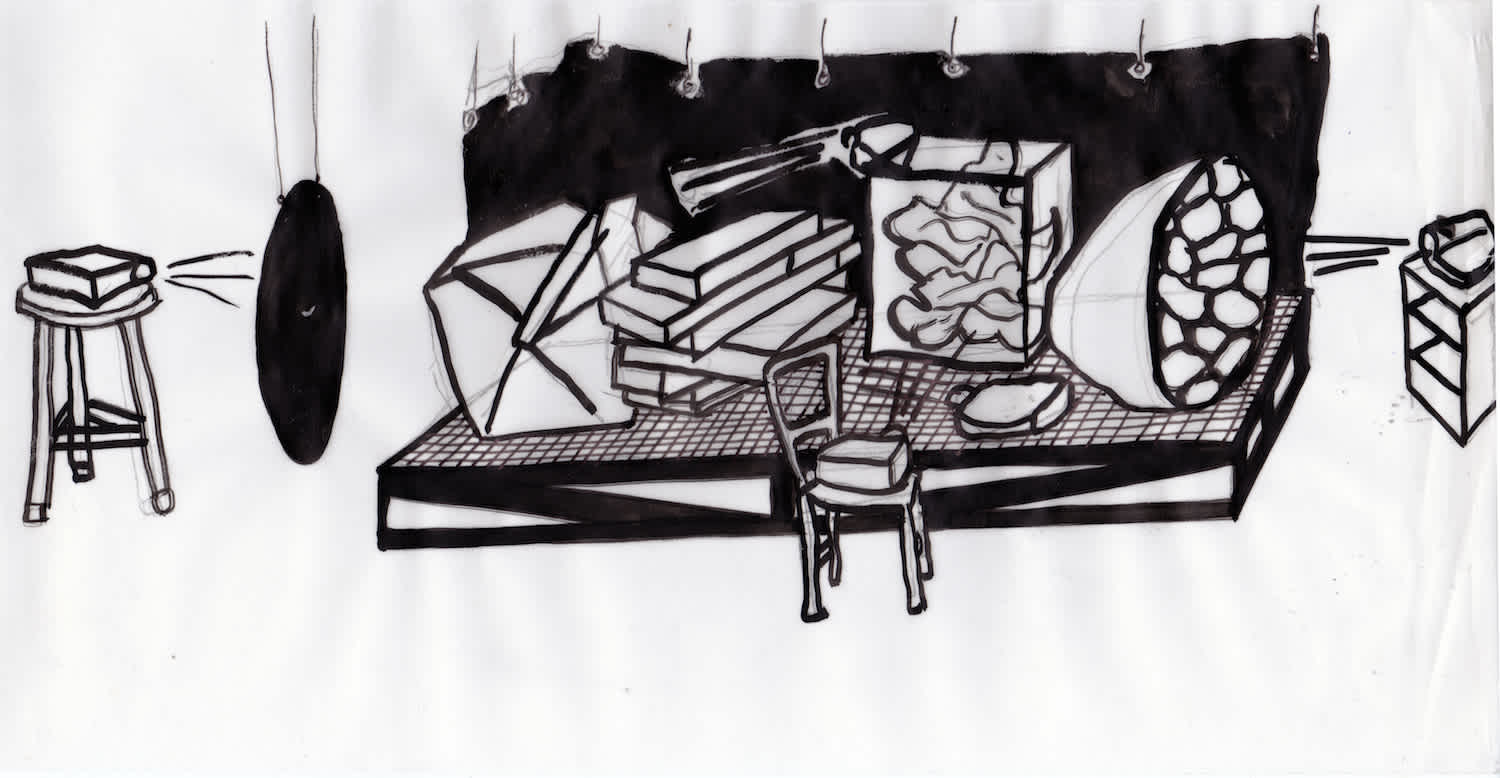
F: Yeah, totally. I feel like the whole grouping of my sculptures, with their various video projections and lights, sort of ends up speaking to like a kind of origin myth in a way, between pulling the paper out of this vertical slit, to like, this pseudo-cave wall, to a fire... This piece feels, um, like really transitional for me, it feels like the space between working one way and working another way.
S: Each project of yours seems like a shift in some way. I’m thinking about ROOM which had so many meanings as a transitional piece. It was the last project in the second floor space as a black box theater before its recent incarnation as dedicated gallery space, it was my first official curatorial project…
F: It was my first set, Wynne [Greenwood] was moving into sculpture, both of our first big collaborations...
S: And I think there’s something about The Kitchen always being in transition because of the experimental artistic work it supports – being a space for artists to try something new, have a dynamic shift. I’m really glad that for this long, The Kitchen has stayed in that same building. The second floor was the epitome of that kind of in-betweenness, the awkwardness of experimentation. I think the changes that were made after ROOM to create a more formal gallery space were really helpful, but weirdly I do miss that awkward second floor. And I think you’re an artist who really embraces that in-between thing.
When you were making these things, like did you transport yourself in your mind? How was The Kitchen present for you?
F: Yeah, I mean I was reading a lot of newspaper clippings, looking at photos and plans, and reading essays, so I was really kind of immersed in this whole world. Like when the building was an ice factory, my thoughts were less around ice, but more the tail end of the industrial era of New York when corporations were first generating extreme American wealth. And when it was Robert Whitman’s studio, what that moment in New York was like, and what Chelsea was like, and what his walk from the subway felt like, what it actually meant to be in that building and make things alone, you know. So it wasn’t just the building that was in my mind but like also a kind of tone of a moment, like a consciousness that I had placed myself in while absorbing all this stuff.
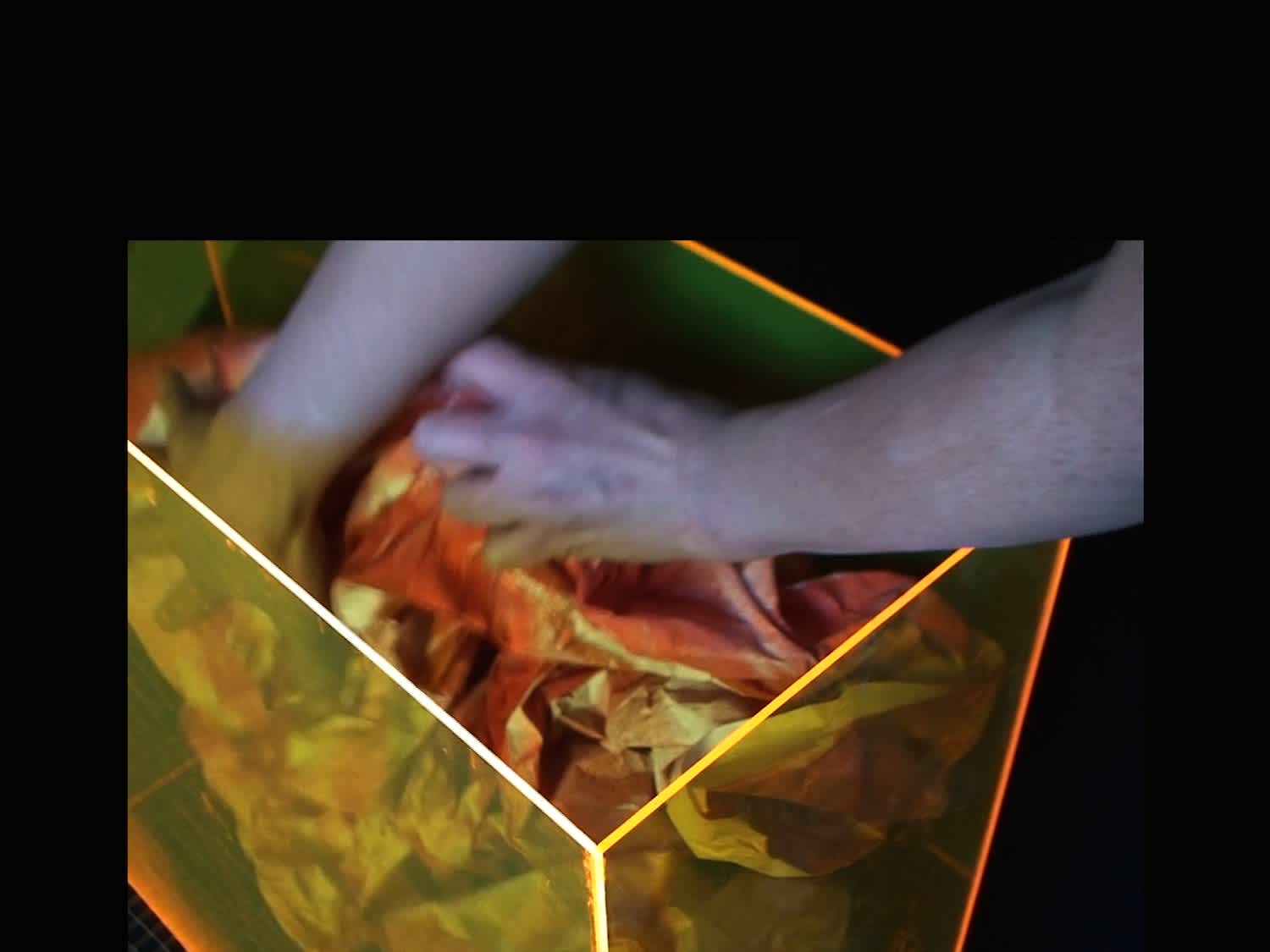

I think for the first time, I see the parallel between sets and memorials, which until now I always thought of as opposing scenes. But they kind of both hold a memory of an action, and point to something other than itself, where the physical matter becomes like a stand-in, or like a record-keeper of another action, a placeholder.
GLOSSARY
Basically = ugh, where do i begin?
Crazy = sensorial experiences that fall outside of the realms of quantifiable systems, and for which i often feel a lack of safety fully expressing without judgment or skepticism.
Remember = that was such a bonding moment with you.
Kind of = in an abstract sense.
Um = this is only a fragment of what i mean.
Um = i feel a risk in sharing this with any amount of casualness, i feel protective of this person’s story. how do i find any words here that don’t contribute to mechanisms of sensationalism and mythologizing?
Totally = i love the smell of the elevator. and sometimes i have just stood in that weird shower in the second floor bathroom wondering about when it was there for use, and what made that time different from the one i am standing in.
Sort of = in my humble opinion.
Ends up = it’s something that revealed itself to me, and was outside of my domain of control with the piece.
Like = i can’t even believe i’m gonna say this…
Kind of = lemme just downplay this a little.
In a way = i just said it.
Um, like = do i really want to say this?, it’s too late to back out
I mean = what do you mean?
Kind of = what is enough? i could always do more. i never feel like I’ve done enough, but then i realize later that i’m actually a workaholic. i always feel humbled by all i can’t do or know.
You know = can you imagine what it felt like to go to a dark 15,465 sq ft warehouse everyday, in a desolate neighborhood, and be entirely alone with your thoughts and some material remnants? it really means something to fight for a life as an artist.
Like = there’s something else
Kind of = like
Like = for example,
I think = this realization feels so familiar to me and i don’t know if it’s cause i’ve heard it or thought it before, but i don’t think so, and also i think i’m going to maybe say something really important but i’m not totally sure.
Kind of = i’m realizing it as i’m saying it. but does it sound stupid to you? i can’t tell.
Like = similar to some sort of
Like = maybe this is more like it
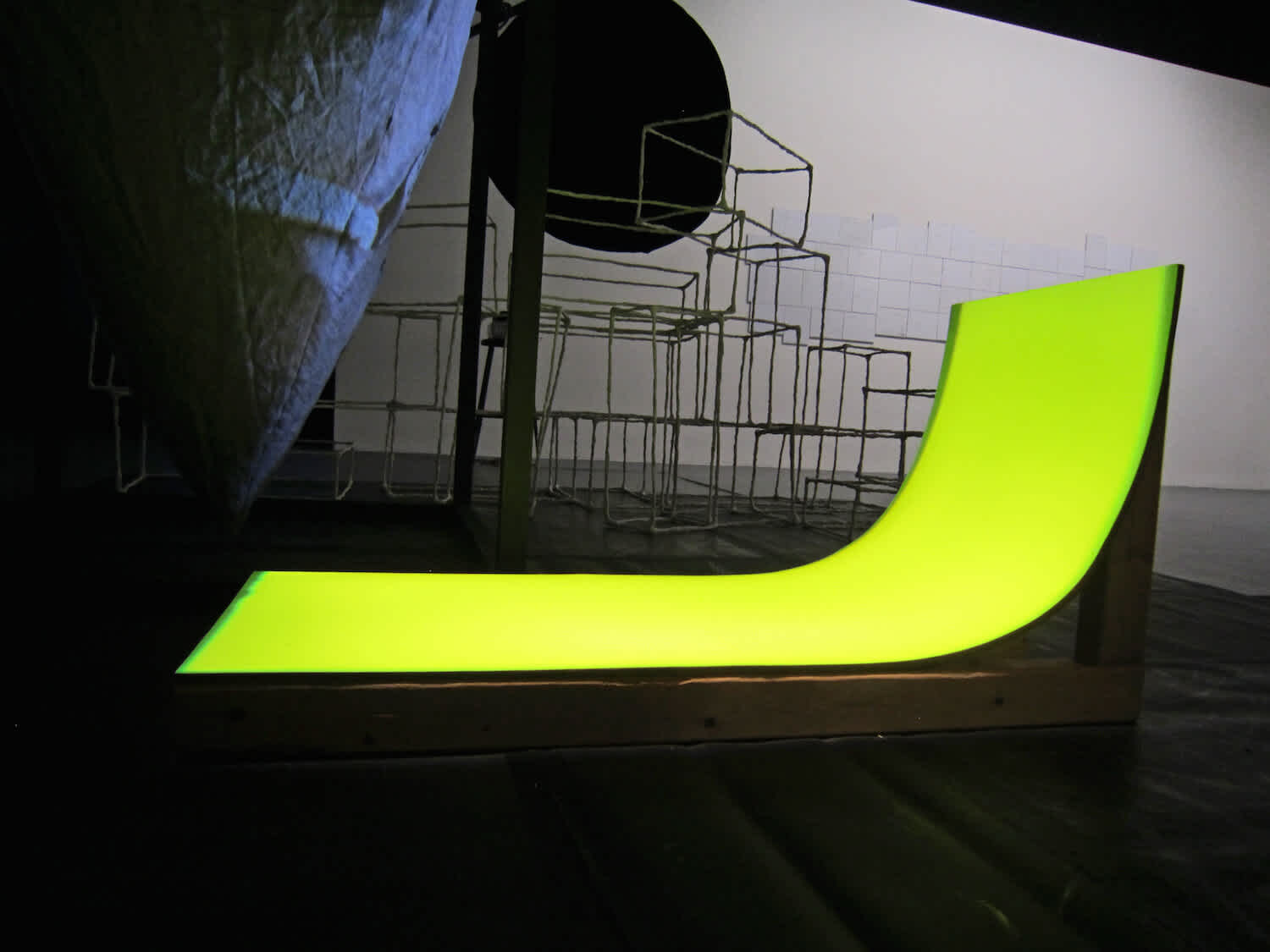
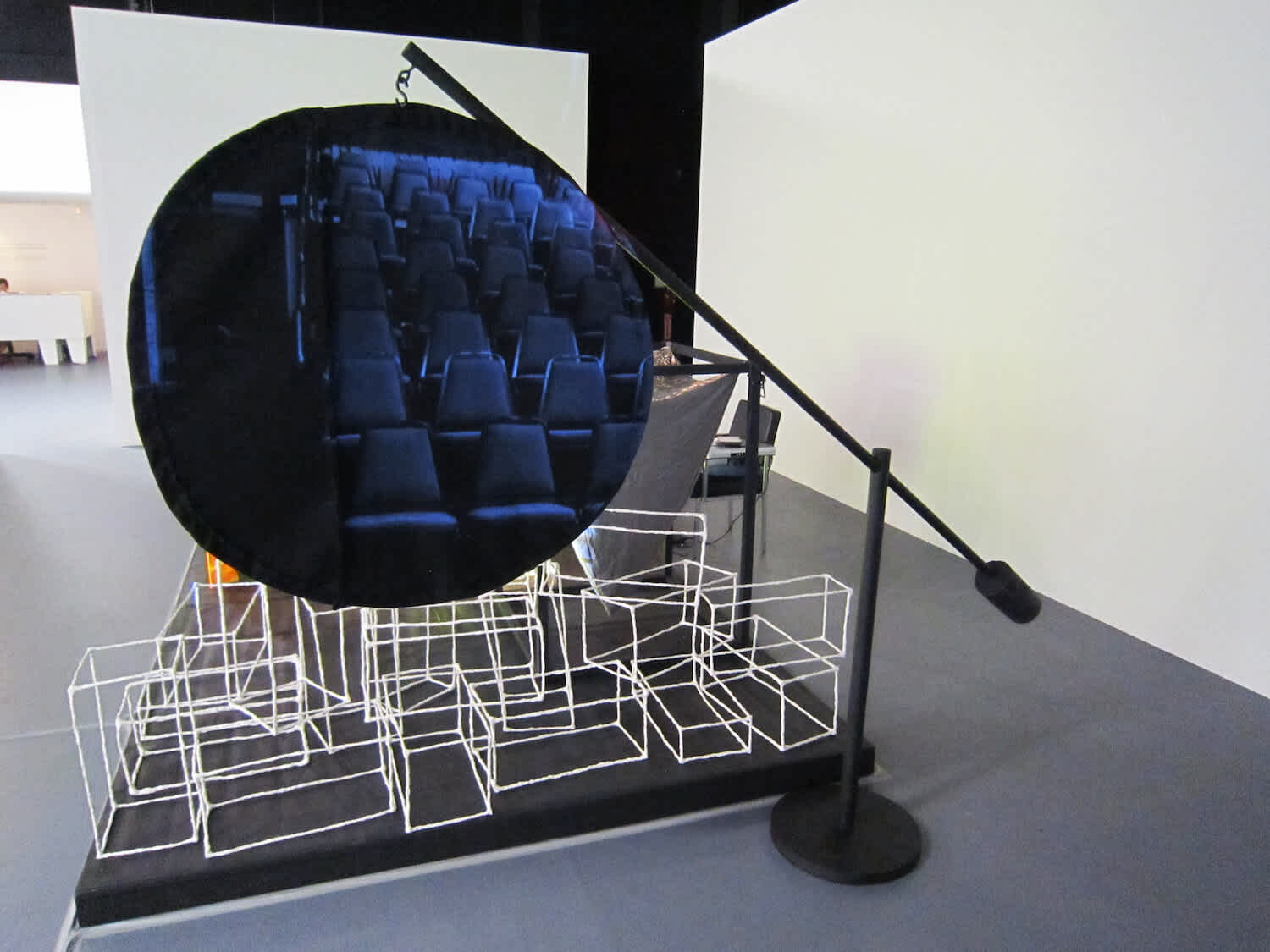
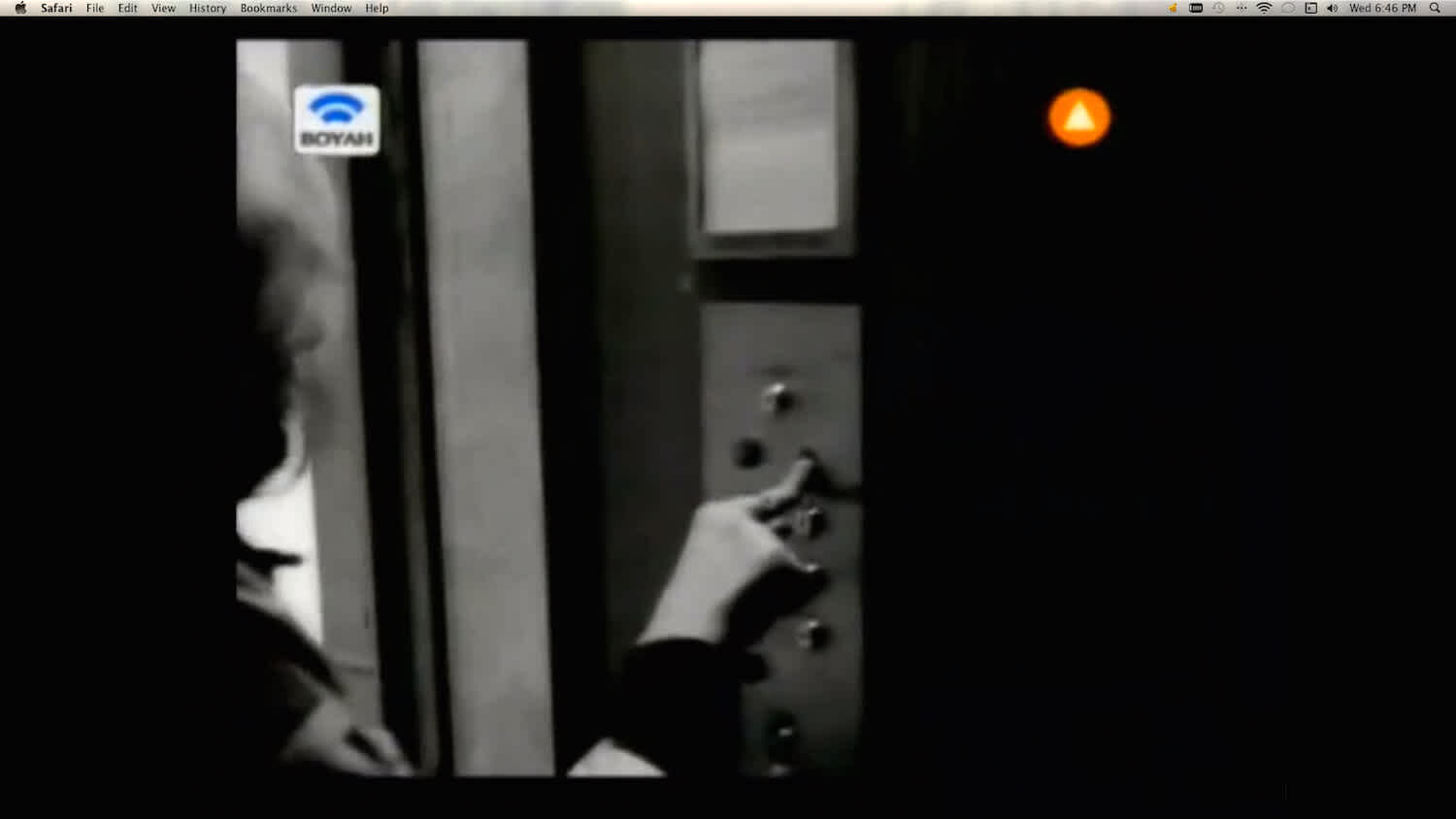

From: Fawn Krieger Sent: Wednesday, December 14, 2011 2:57 PM To: Lumi Tan Subject: RE: thinking/working
Hi Lumi!
OK, so I knew about the ice factory (wasn't there also some kind of fire station or something??), but I didn't know about Robert Whitman's studio or the soundstage!!!! This adds to my excitement. Is there anywhere - material or location/archive - that I could read/learn more about the Kitchen's pre-history (the pre-historic kitchen, OMG).
[…]
From: Lumi Tan Subject: RE: thinking/working To: "Fawn Krieger" Date: Monday, December 12, 2011, 4:03 PM
Hi Fawn!
This all sounds amazing. I love the idea of working with the actual Kitchen building and the idea of a “silent archive”! Even beyond The Kitchen itself, its history as a ice factory, Robert Whitman’s studio, and a soundstage, all these very physical things. I also love the idea of the unfinished buildings and leaving them on a stage.
[…]
From: Fawn Krieger Sent: Saturday, December 10, 2011 10:32 PM To: Lumi Tan Subject: thinking/working
For now: I'm thinking about the Kitchen space on that second floor-- my relationship with it, as a memory, as a place. I am so into what's underneath and behind those white walls. I saged that place like to no end […] I spent time in every corner, and in the process really developed a very intimate relationship, a kind of body relationship with that space that holds a lot of fantasy and expansiveness. For me it felt almost erotic or something else beyond that- like experiments began there, so many of them, in so many bodies, over years and years, touching every piece of that space. In a way the memory of that space is a kind of silent archive. So this is one train of thought.
[…]
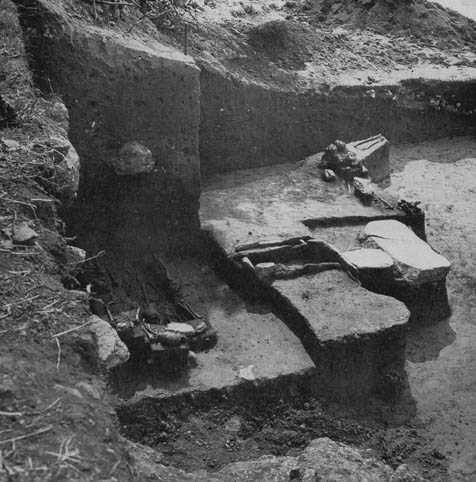

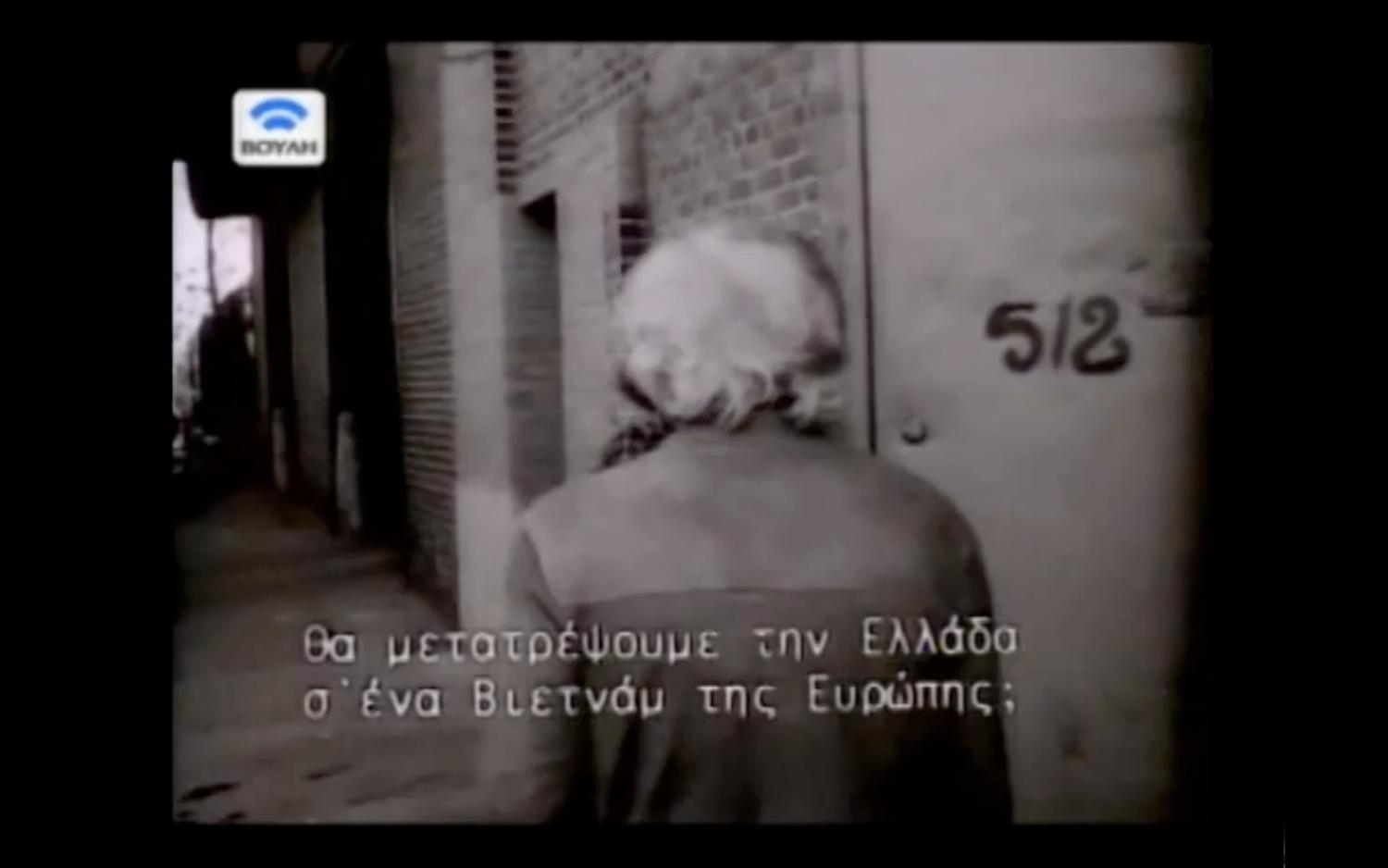
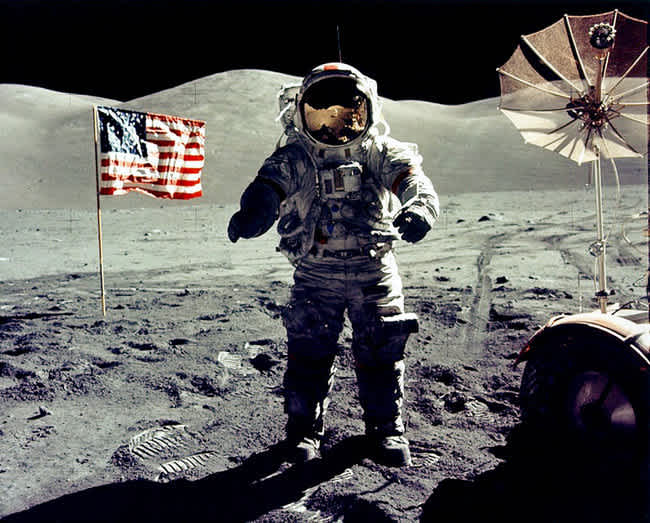
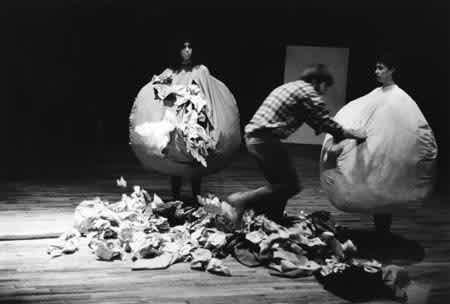
BIOS
Fawn Krieger is a NY-based artist, whose multi-genre works examine themes of touch, ownership and exchange. Her Flintstonian tactility and penchant for scale compressions reveal an unlikely collision of private and public, where intimate moments also serve as social ruptures. She received her BFA from Parsons School of Design, and her MFA from Bard College’s Milton Avery Graduate School of the Arts. Her work has been exhibited at The Kitchen, Art in General, Nice & Fit Gallery, The Moore Space, Von Lintel Gallery, the Rose Art Museum at Brandeis University, Portland Institute for Contemporary Art, Human Resources, Fleisher Ollman Gallery, Real Art Ways, Soloway Gallery, and Neon>fdv. Her work has been written about in the New York Times, Artforum, Art in America, Sculpture Magazine, The Brooklyn Rail, NY Arts, Flash Art, and Texte zur Kunst. Krieger is a 2019 Louis Comfort Tiffany Foundation Award Fellow, and has received additional grants from Art Matters Foundation, The Jerome Foundation, and The John Anson Kittredge Educational Fund, among others. She serves as Program Director at The Keith Haring Foundation, Adjunct Instructor in Sculpture at The Cooper Union School of Art, and she sits on the board of Soft Network, a new non-profit agency that supports under-resourced artists, legacy workers, and artist estates.
Sacha Yanow is a NYC-based performance artist and actor. In 2005, while serving as Director of Operations at The Kitchen, she and Executive Director and Chief Curator Debra Singer co-curated ROOM, a collaboration between Fawn Krieger and Wynne Greenwood of Tracy + the Plastics.
